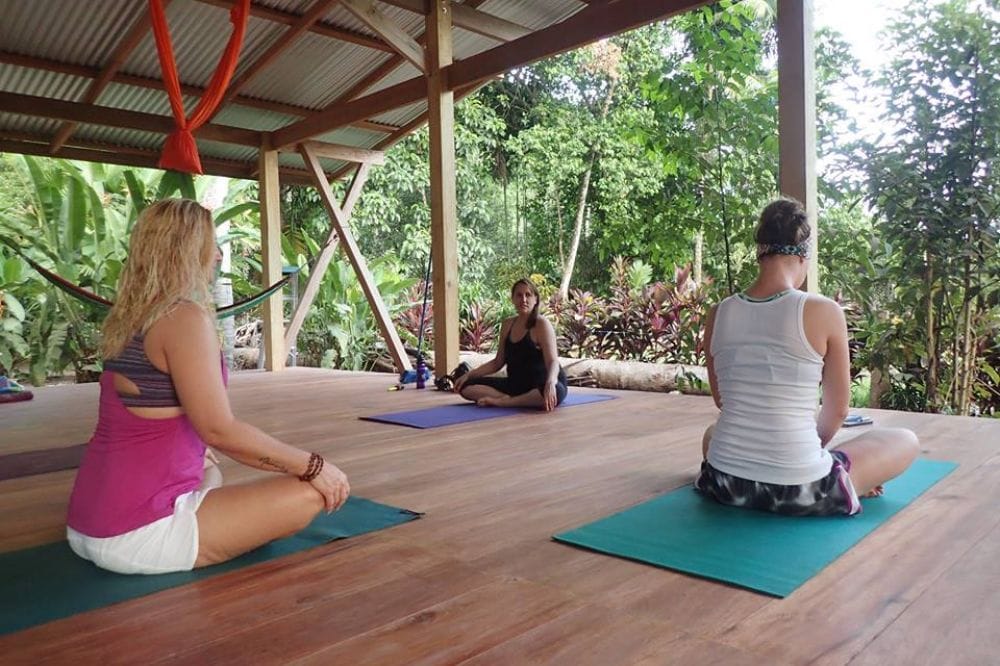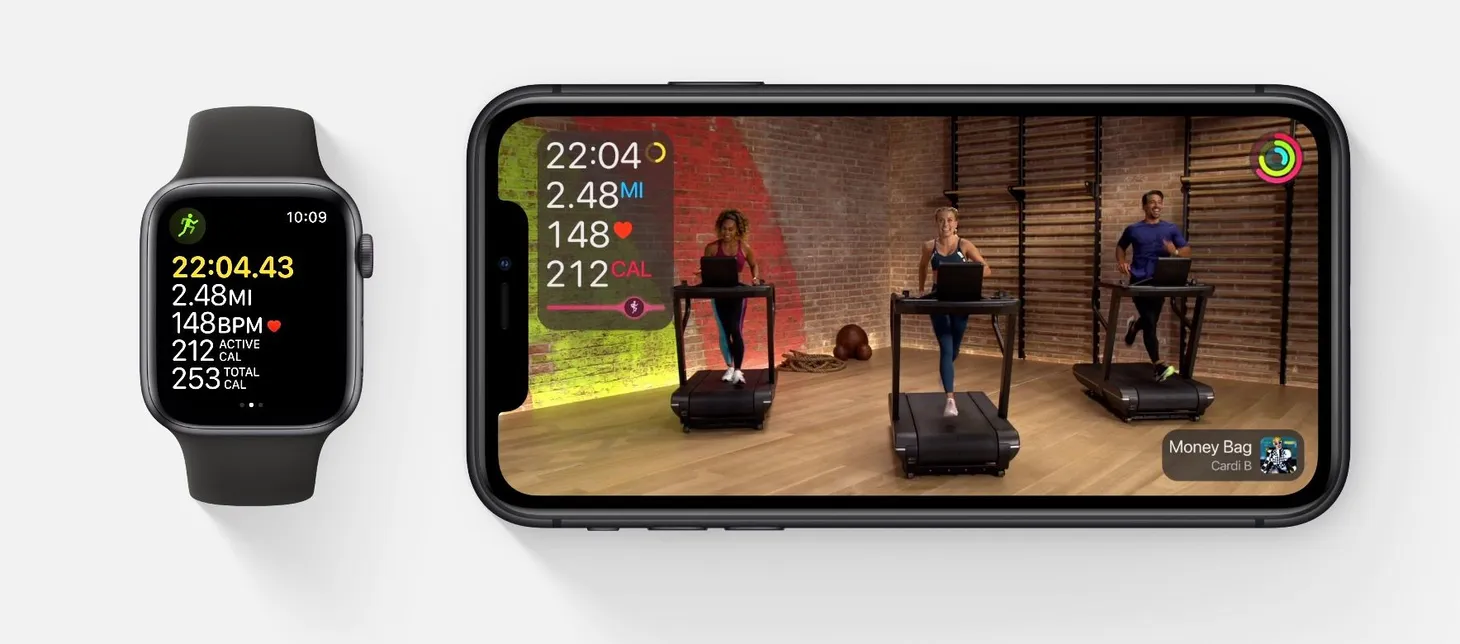The future of fitness studios will be decentralized and at home, sold-out dumbbells, ClassPass' next move
The future of fitness studios will be decentralized and at home, sold-out dumbbells, ClassPass' next move.

Table of Contents
Sold-out Dumbbells
America has managed to buy out dumbbells and fitness equipment as fast as factories can manufacture and ship them. It's obvious by now that owning a set of dumbbells during this pandemic is as essential to self-care as hand sanitizer and face masks are to public safety.
From modernretail.com:
Online orders for sporting equipment increased by 220% year-over-year last May and 122% in June, according to numbers from Bazaarvoice. Bowflex, which is owned by Nautilus, saw unprecedented spikes in demand for certain products — namely the 552 dumbbell, a new kettlebell and another adjustable barbell.
While demand for workout equipment may appear to decrease as states begin allowing gyms to reopen for business, companies like Bowflex are still backfilling orders and scrambling to catchup for the remainder of 2020.
“We’re sold out through the remainder of the year and are trying to catch up on capacity,” said Jay McGregor, Nautilus’s vp and general manager of North American retail. The company had to triple its capacity for the second half of this year, he added — and has spent the last few months seeking out new factories to work with. He estimated that it takes as long as eight months — if not longer — to ramp up a new factory.
Decentralizing gyms, and independent direct to consumer fitness.
For fitness professionals, this is great news. The clear upside to this situation is that consumers have accepted fitness in physical isolation. Pre-COVID-19, I suspect many people justified gym memberships by the simple fact a gym possessed and maintained the physical equipment they'd never think to put in their own home. Short of a squat rack and indoor basketball court, it turns out a set of home dumbbells, indoor bike and a yoga mat can go a long way.
Take Peloton as an example. Peloton has more than tripled its stock price since March, and its workouts are based on either an indoor bike, yoga mat or a pair of dumbbells— all of which only require a moderate set of space.

Before COVID-19, boutique fitness and personal training were more or less dependent on privately-owned indoor spaces— partly to add legitimacy and control to the in-person experience, but mainly to provide the physical equipment for trainers and clients to workout with.
Digital Fitness by Default
The demand for boutique fitness was climbing, whereas fitness apps felt more like a bet that every big fitness company had to try. Today, these apps are the requisite.
Here are notable companies with digitally native subscription offerings:
- Xponential Fitness -> Xponential Fitness GO
- Equinox -> Variis
- Les Mills -> Les Mills On Demand
- Alo -> Alo Moves
- Peloton -> Peloton App
This list shouldn't worry smaller businesses, though. Carving out a direct-to-consumer (DTC) fitness platform is much simpler than operating a DTC mattress company. For an independent trainer, there is nothing physical to manage besides one's own body and home workout setup. Everything else: Canva/iMovie/Final Cut Pro for production, YouTube & Instagram for distribution, and Vimeo, Zoom and Stripe for hosting and monetization — are all no-code digital tools one can access from a computer.
Popular, well-paid trainers from Peloton and Barry's may not feel incentivized, but the opportunity cost of learning how to produce better fitness content and monetize on it is much lower today. After all, if the studios are no longer providing the equipment nor the indoor experience, what's keeping trainers from growing their own audience base? Blok and UScreen, for example, are "business-in-a-box" solutions that have emerged for trainers during the pandemic.
And while some studios still provide the distribution for trainers (think trainers who live stream on their company's IG, which presumably, have more followers), trainers grow their own personal audience anyway over time from social media mentions and organic content. Is it still worth giving gyms like Equinox 40-60% revenue share when they reopen?
Speakeasy Gyms
This new-aged model for fitness professionals only exists now because state regulations have given fitness professionals no choice after restricting the reopening of studios and gyms. It's not wonder why more "speakeasy" gyms have popped up since the onset of COVID-19. And I say "more" because people have always toed the line with hustling their personal garage gyms into an unspoken side business.

NPR has a great story covering an example of the Prohibition era for underground gyms.
Governments can legislate all they want, but prohibiting stuff with eager buyers and sellers is super hard, says Jeffrey Miron, an economist at Harvard University who has spent three decades studying prohibitions. Miron, who these days is legally working out in his basement, says there's a simple lesson that emerges from his studies: "Prohibitions don't eliminate things. They drive them underground." And that comes with a whole host of unintended consequences.
Creator-Led Home Studios
I'd like to suggest the likely evolution of brick and mortar gyms will look like, considering the decentralized model of fitness and rise of illegal gyms.
What boutique fitness studios offered which big-box gyms couldn't, is what independent trainers and big-influencer fit pros will provide as studios remain barred and discouraged by the safety guidelines.
The folks who want fitness legally and conveniently will utilize digital platforms like Peloton, DailyBurn and YouTube. The power gym-goers and dedicated personal training clients though, will divide and gravitate into smaller-group, high-touch and bespoke experiences, powered by the names of the sought-out trainers and influencers. Think Airbnb meets ClassPass, but instead of 20 members, think 5. Instead of $30 session, try $70-100.

Like Airbnb when it first launched in 2008, these "bespoke gyms" won't have glitzy photos (although the iPhone 11 Pro is much better than 2008's iPhone 3G) and high-touch amenities like plush towels and clean showers. These gyms will be make-shift living rooms and backyard squat racks to start, and they likely will not be regulated or have a legal gym permit.

Owners will not put a listing on Google, and members must caution their urge to post on Instagram. Instead, word of mouth, friends and family will be the only mechanisms of growth to start.

This future was not too far off from what was possible before COVID-19. Would it be that hard to imagine an exclusive yoga class on Airbnb Experiences? Simply envision a renovated apartment with Mid-Century Modern decor and furniture, with a spaced out living room just large enough for 4-5 high-touch clients, in which a 45-minute Vinyasa Flow class is led— by a popular fitness trainer who also owns and lives in that apartment?
Similar to how Airbnb hosts adjust their lives around their home business, so will future home fitness studios operators.
This example illustrates what can and will the future for successful fitness professionals. Sure, the business may operate illegally; it will look like the furthest thing from boutique to start, but it's something to meet the undeniable demand and livelihood of so many trainers.
If the speakeasy classes don't fill up as expected, gym owners and trainers can, at the very least, use the space to film and stream daily workouts for premium subscribers, a viable playbook in 2020 after digital fitness content became the default. This point is important.
Because the risks of building a speakeasy studio are already high, the stakes must start low. Building out a dedicated at-home studio should only begin after repeated success from social media, YouTube, outdoor personal training and digital live streams. For Airbnb founders Joe Gebbia and Brian Chesky, the idea for Airbnb began with a simple idea to rent out their own apartment just to "make a few bucks".

If there's anything we can learn from Airbnb's unlikely start to success, it is that when there are under-served customers, new forms supply will figure out how to serve it. The North American market for health & fitness was over $32 billion in 2017.
New companies will eventually form to enable the exchange of the new supply (virtual classes & makeshift home studios) and disrupt the industry, then regulations and laws will be fought for by said companies to stand a chance against the existing incumbents (big-box gyms and studios). The inevitable decline in revenue generated from gyms will be recouped through a new and predictable revenue model, which is selling digital fitness subscriptions.
For Airbnb, its incumbents were the hotel and lodging industry that previously had an iron grip on hotel prices and occupancy rates. For personal trainers, the equivalent is physical boutique studios and gyms, especially if gyms stay capped to around a third of occupancy.
ClassPass's next move

For what it's worth, ClassPass— despite it's controversy and frustrations from the fitness community, is the best candidate in catalyzing the disruption of the brick-and-mortar health and fitness space.
The company is currently valued at $1 billion, though its last round of funding was right before COVID-19 in January. Furthermore, it is in ClassPass' best interest to legally fight for and lobby for regulations supporting remote-first virtual coaching. Comically, even in one of its blog posts on the know-hows of opening a studio in New York, ClassPass notes there may be loopholes to circumvent the city's physical culture establishment permit. Loopholes.
A lawyer is most likely to know exactly what those loopholes are. Existing studio and gym owners and architects may also be able to fill you in on loopholes based on their past experiences. For example, there may be a loophole associated with the type of building you are looking at. Ask the professionals you’re working with if they’re aware of any loopholes that may help you speed up the process. You’ll never know until you ask.
"You’ll never know until you ask." Now, this is the sort of attitude I want in a company fighting for my ability to operate an independent fitness business from my living room.
All kidding aside, while many companies have emerged as a business-in-a-box toolkit for personal trainers during COVID-19, ClassPass's recent product roadmap suggests it isn't just an aggregator of physical studios, but of personal trainers too. As long as trainers can provide quality fitness content and services worth booking, ClassPass is interested nonetheless. Right now, less revenue for studios means less revenue for ClassPass; empowering digital fitness creators may be ClassPass's golden egg.


